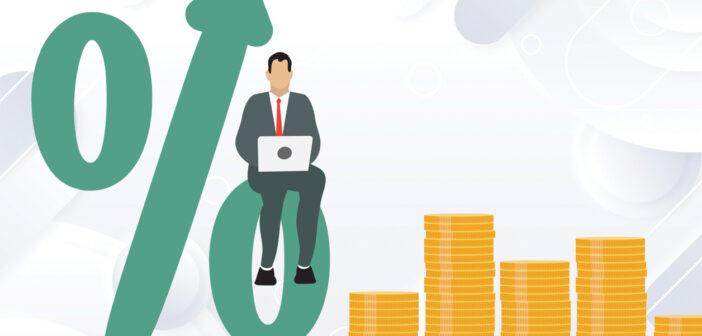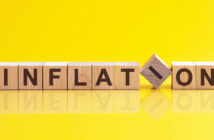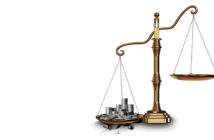Everyone hoped inflation would return to normal in 2023. Signs were encouraging at the end of 2022, with inflation falling from a high of 8.9% in June to 6.4% in December. However, the Federal Reserve’s preferred measure of inflation – the personal consumption expenditures price index – unexpectedly increased in January. This casts some doubt that a soft landing can be achieved in 2023. The Dow slid about 2,000 points in February, as this unexpectedly higher inflation increases the chances of further Federal Reserve rate hikes.
It is worth examining how the Federal Reserve increasing interest rates leads to a reduction in inflation. Inflation stems from an imbalance of supply and demand throughout the economy. During the pandemic, the federal government poured trillions of newly printed money into the economy through three rounds of COVID “stimulus.” Given that the supply of goods and services was curtailed due to supply chain disruptions and stay-at-home orders, this stimulus caused demand to outpace supply, pushing up prices across-the-board, which is inflation. This was a perfectly predictable consequence of such profligate fiscal and monetary policy, yet here we are.
The key to getting inflation back to its pre-COVID rate is for demand to align with supply. This is what the Federal Reserve is doing when it increases interest rates. Hiking rates reduces demand in interest rate-sensitive sectors, such as housing, big ticket consumer items such automobiles, and business capital investment. Interest rates themselves are not magic bullets that bring down the rate of inflation. Interest rate increases just target interest rate-sensitive sectors for where to reduce demand to bring it into alignment with supply. The cost of this reduction is lost home equity to homeowners, higher interest payments by borrowers, less employment in interest rate-sensitive sectors, and lower production of goods and services in the future due to less business capital investment today. There is nothing special about interest rate sectors that makes them ripe to bear the cost of inflation reduction, other than they are susceptible to the one tool the Federal Reserve has – namely, increasing interest rates. Any other sector could reduce its demand to reduce inflation.
The one sector that is never discussed for demand reduction is the federal government. The Biden Administration claims it is reducing the budget deficit, but that is only because they are comparing the deficit to 2020, the year when the deficit was the highest during the pandemic. Spending and the deficit remain far higher than pre-pandemic levels and Congress and the administration continue to spend like they face a limitless budget. Consider that over $100 billion has been given to Ukraine, which is one-third more than the entire annual Russian defense budget. No public debate has occurred as to whether it improves the life of the average American to fuel this conflict rather than pushing for peace. The administration presents a blank checkbook, saying “whatever it takes.” The more the federal government spends, the more the burden of inflation reduction will fall on the private citizen.








